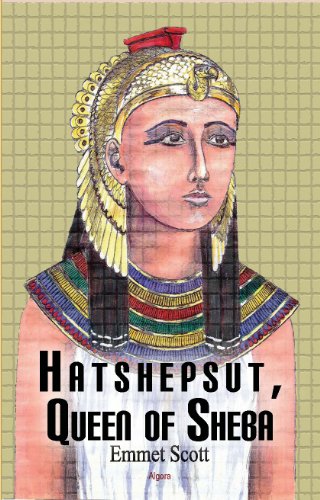

Most ebook files are in PDF format, so you can easily read them using various software such as Foxit Reader or directly on the Google Chrome browser.
Some ebook files are released by publishers in other formats such as .awz, .mobi, .epub, .fb2, etc. You may need to install specific software to read these formats on mobile/PC, such as Calibre.
Please read the tutorial at this link: https://ebookbell.com/faq
We offer FREE conversion to the popular formats you request; however, this may take some time. Therefore, right after payment, please email us, and we will try to provide the service as quickly as possible.
For some exceptional file formats or broken links (if any), please refrain from opening any disputes. Instead, email us first, and we will try to assist within a maximum of 6 hours.
EbookBell Team

4.4
22 reviews
For all that, historians have tended to treat both Queen of Sheba and Solomon principally as characters of fairyland and romantic myth.
In 1952, however, Immanuel Velikovsky made an astonishing claim: He announced that not only did the Queen of Sheba exist, but that she had left numerous portraits of herself as well as an account of her famous journey to Israel. The Queen of Sheba was none other than Hatshepsut, the female pharaoh of Egypt who built a beautiful temple outside Thebes, on the walls of which she immortalized the most important event of her life: an expedition to the Land of Punt. Punt, said Velikovsky, was one and the same as Israel.
In this volume historian Emmet Scott brings forward dramatic new evidence in support of Velikovsky. He finds, among other things, that:
Ancient Israel, just like Punt, was a renowned source of frankincense.
Egyptian documents, generally ignored in academic circles, unequivocally place Punt in the region of Syria/Palestine.
The goddess Hathor was known as the Lady of Punt, but she was also known as the Lady of Byblos.
The Egyptians claimed to be of Puntite origin, but Jewish and Phoenician legends claimed that the Egyptians came from their part of the world, and the Phoenicians named Misor almost certainly the same as Osiris as the Phoenician hero who founded the Nile Kingdom.
Scott argues that these significant clues shift the burden of proof onto Velikovsky's critics; and the identification of Hatshepsut with the Queen of Sheba will eventually compel the rewriting of history books.